WILLIAM BRADFORD,
MARY ROWLANDSON,
BENJAMIN CHURCH,
AND OTHERS
The Mayflower Papers
SELECTED WRITINGS
OF COLONIAL NEW ENGLAND
Edited with an Introduction and Notes by
NATHANIEL PHILBRICK AND THOMAS PHILBRICK
PENGUIN BOOKS
PENGUIN BOOKS
Published by the Penguin Group
Penguin Group (USA) Inc., 375 Hudson Street, New York, New York 10014, U.S.A.
Penguin Group (Canada), 90 Eglinton Avenue East, Suite 700, Toronto, Ontario, Canada M4P 2Y3
(a division of Pearson Penguin Canada Inc.)
Penguin Books Ltd, 80 Strand, London WC2R 0RL, England
Penguin Ireland, 25 St Stephens Green, Dublin 2, Ireland (a division of Penguin Books Ltd)
Penguin Group (Australia), 250 Camberwell Road, Camberwell, Victoria 3124, Australia
(a division of Pearson Australia Group Pty Ltd)
Penguin Books India Pvt Ltd, 11 Community Centre, Panchsheel Park, New Delhi110 017, India
Penguin Group (NZ), 67 Apollo Drive, Mairangi Bay, Auckland 1311, New Zealand
(a division of Pearson New Zealand Ltd)
Penguin Books (South Africa) (Pty) Ltd, 24 Sturdee Avenue, Rosebank, Johannesburg 2196, South Africa
Penguin Books Ltd, Registered Offices: 80 Strand, London WC2R 0RL, England
First published in Penguin Books 2007
Introduction and selection copyright Nathaniel Philbrick and Thomas Philbrick, 2007
All rights reserved
Map illustrations by Jeffrey L. Ward. Copyright Penguin Group (USA) Inc., 2006
LIBRARY OF CONGRESS CATALOGING IN PUBLICATION DATA
Bradford, William, 15901657.
The Mayflower papers: selected writings of colonial New England / William Bradford, Mary Rowlandson, Benjamin Church, and others; edited with an introduction and notes by Nathaniel Philbrick and Thomas Philbrick.
p. cm.(Penguin classics)
Includes bibliographical references.
ISBN: 978-1-1012-0150-3
1. New EnglandHistoryColonial period, ca. 16001775 2. MassachusettsHistoryColonial period, ca. 16001775. 3. MassachusettsHistoryNew Plymouth, 16201691. 4. Pilgrims (New Plymouth Colony)Early works to 1800. 5. New EnglandDescription and travelEarly works to 1800. 6. MassachusettsDescription and travelEarly works to 1800. 7. Indians of captivitiesMassachusetts. 9. King Philips War, 16751676. I. Rowlandson, Mary White, ca. 16351711.II. II. Church, Benjamin, 16391718. III. Philbrick, Nathaniel. IV. Philbrick, Thomas. V. Title.
F7.B757 2007
974'.02dc22 2006052793
Except in the United States of America, this book is sold subject to the condition that it shall not, by way of trade or otherwise, be lent, resold, hired out, or otherwise circulated without the publishers prior consent in any form of binding or cover other than that in which it is published and without a similar condition including this condition being imposed on the subsequent purchaser.
The scanning, uploading and distribution of this book via the Internet or via any other means without the permission of the publisher is illegal and punishable by law. Please purchase only authorized electronic editions, and do not participate in or encourage electronic piracy of copyrighted materials. Your support of the authors rights is appreciated.
Introduction
In September of 1620, the people we refer to as the Pilgrims sailed from England to the New World. Hundreds of miles off course and months behind schedule, they stumbled on a harbor they named Plymouth. By the following spring theyd established an alliance with Massasoit, the leader of the Wampanoags. That fall they hosted what turned into a bicultural celebration now known as the First Thanksgiving. So ends the story many of us learned in elementary school: how America began with the voyage of the Mayflower .
Since the next significant event in American historyat least as taught in many of our schoolsdoes not occur until more than 150 years later with the outbreak of the Revolution, it is not surprising that the Pilgrims have come to exist in a kind of mythic, ahistorical bubble. Then there is the Thanksgiving effect: an annual tidal wave of commercialism that only adds to the difficulty of understanding who the Pilgrims really were.
The best antidote to all this hype and nostalgia is to consult what may be the greatest book written in colonial America, William Bradfords Of Plymouth Plantation . In clear and evocative prose that resonates with the rhythms of the Bible, Bradford tells the story of how a group of Puritan Separatists came to found the first permanent settlement in New England. Their fiercely held spiritual beliefs were fundamental to their world view, but the Pilgrims also proved to be surprisingly flexible and pragmatic diplomats in their dealings with the Indians. Indeed, in reading Bradfords book, one is struck by the complexity and volatility of Indian-English relations, especially in the early years when the loyalties of the various Native groups were in near constant flux. Even several decades later, when the English servant Arthur Peach and some cohorts killed and robbed an Indian, all might have been lost if Governor Bradford had not insisted (despite considerable opposition) on trying and executing the malefactors for murder. It had been the Pilgrims religious beliefs that had moved them to board the Mayflower , but it was their talent for negotiation and compromise that allowed them to survive and ultimately prosper in the New World.
Bradfords book is indispensable in tracking the course of Plymouth Colony during the first half of the seventeenth century, but there are other important texts from the period. Bradford and his fellow Pilgrim Edward Winslow coauthored an account of the first year in New England known as Mourts Relation ; soon after Winslow wrote Good News from New England in which he continued the Pilgrims story through their controversial attack on the Massachusetts Indians at Wessagussett in the winter of 1623. These two books were written and published within months of the events they describe; as a consequence, they have an immediacy and level of detail not found in Of Plymouth Plantation , which Bradford began in the 1630s. To avoid repetition, The Mayflower Papers relies primarily on the earlier accounts to describe the Pilgrims first eventful years in America while it looks to Bradfords history to tell what happened prior to their arrival in America and after the events recounted in Good News from New England .
Notably lacking from the historical record is a Native American account of what happened in New England during the seventeenth century. That is not to say that the Pilgrims version of events has gone completely unchallenged. There is also Thomas Mortons wonderfully iconoclastic New English Canaan to remind us that Bradford and Winslow, as is true of all memorialists, told their story from their own and inevitably self-serving point of view. With Mortons help, we learn disturbing details about the Pilgrims attack on the Indians at Wessagussett that Bradford and Winslow chose not to reveal. For those looking for other primary sources relating to the Pilgrims, there is a selection of additional readings at the end of this introduction.
If the true story of the Pilgrims was just getting started by the First Thanksgiving, there was, nonetheless, a culminating event that brought an abrupt and bloody end to what had been a remarkable half-century of peace in Plymouth Colony: the devastating fourteen-month conflagration known as King Philips War. By the time Massasoits son Philip was killed in August 1676 in a swamp near his ancestral home in modern Bristol, Rhode Island, more than a third of the towns in the region had been burned and abandoned. The English casualties were staggering (the male population of Plymouth Colony suffered losses of close to 8 percentdouble the percentage of male casualties in the American Civil War), but the Indian losses were catastrophic. According to some estimates, the cumulative effects of war, disease, starvation, and slavery had inflicted losses of somewhere between 60 and 80 percent on the total Native population of New England. With King Philips War, the story of the Pilgrims becomes something altogether different from the reassuring tale of multicultural cooperation taught in elementary school. Rather than being an exception to the long and tragic history of European-Native relations in the United States, the history of Plymouth Colony is very much in what William Carlos Williams called the American Grain.

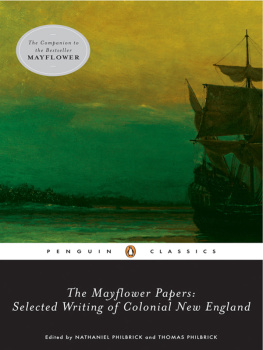
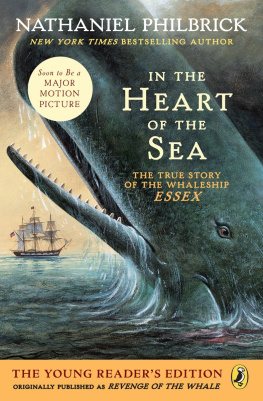


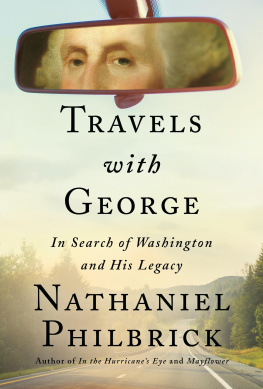
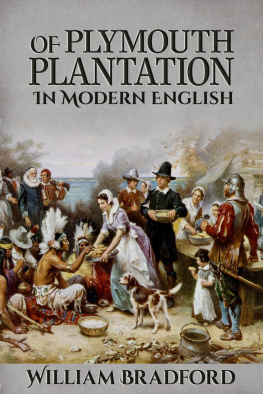
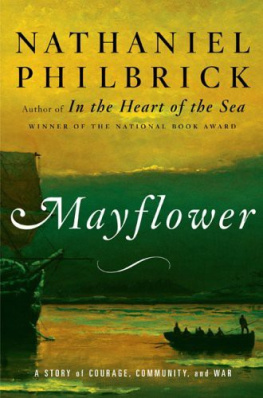

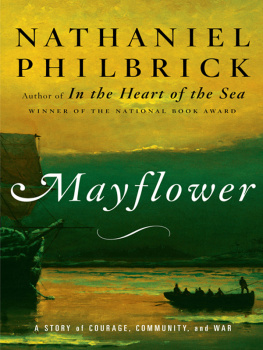

 CLASSICS
CLASSICS